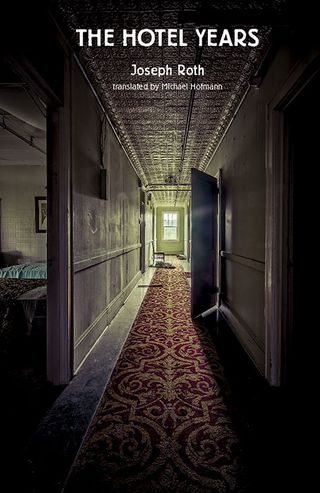
Dustin Illingworth in 3:AM Magazine:
As a literary mode, the feuilleton—that sui generis first-person form that served as a kind of catch-all for cultural criticism, foreign reportage, and belletristic trifles—has fallen on hard times. Once a staple of 20th-century newspapers, it would seem the topical force of the feuilleton has since been absorbed into the immediacy of forms governed by the hurdy-gurdy of digital dissemination: the inescapable think piece, the confessional blog, Twitter’s claustrophobic echo-chamber. And while these avenues have each democratized opinion in compelling ways, something of the moral breadth and reflexive dynamism of the original seems to me irrevocably lost. It is fair to say, I think, that the literary merit of the feuilleton was indissolubly bound to its elastic capacity, as that malleability allowed for a range of tonal registers and discursive intents from high seriousness to absurdist gesture, from vicious parody to a gorgeous cosmopolitan poetics. In borrowing the strengths of the essay, the travelogue, the news report, and the polemic, the feuilleton became a vehicle for a new kind of hybridized subjectivity within contemporary discourse. If it was sometimes accused of superficiality or dismissed as trite ephemera, the masters of the form—say, Heinrich Heine or Alfred Polgar—challenged such short-sightedness. They knew intuitively that, far from a mere literary bauble, the feuilleton was a potent platform for the celebration, interrogation, and production of an emergent mass culture.
Joseph Roth—journalist, novelist, arch-humanist, exiled Jew, inveterate alcoholic—proved uniquely, dazzlingly suited to the form, becoming perhaps its greatest practitioner in a prolifically productive, if tragically truncated, career. Born in 1894, in the Austro-Hungarian city of Brody, Roth came of age between the two great wars; given this tumultuous milieu, it is perhaps unsurprising that his lasting subjects became the abattoir of Europe’s recent past and, often with uncanny prescience, the life of the nightmare to come. The sixty-four pieces gathered in The Hotel Years therefore comprise both a lasting testament to Roth’s journalistic acumen as well as a compelling snapshot of a vanished Europe in which the specter of Hapsburgian ethnic diversity looms as a kind of comparative ideal in the face of Europe’s burgeoning xenophobic nationalism. But as much as these vignettes sketch the composite features of an age, they also constitute a rich and fascinating portrait of the paradoxical man behind the writing: tragedian and clown, misanthrope and philanthropist, reporter and poet. Typically self-deprecating, Roth described his work as “saying true things on half a page”; after devouring The Hotel Years, it seems to me more accurate to say that in these lushly concentrated pieces the 20th century zeitgeist is mapped, challenged, and, finally, illuminated.
More here.
